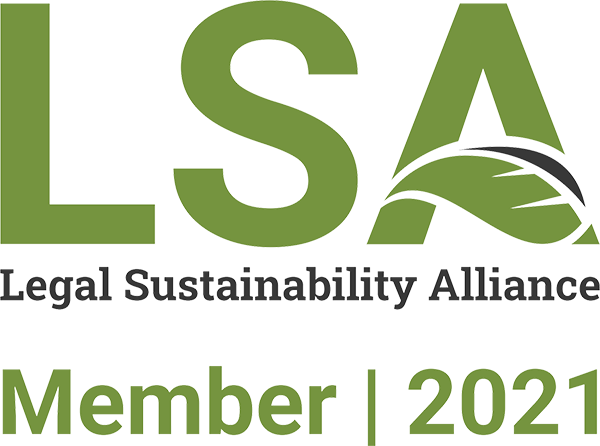Under the support measures recently adopted by the Romanian Government in the context of the COVID-19 crises (please refer to our article State guarantees and interest subsidies for investments and loans/ working capital credit lines), the categories of Small and Medium-sized Enterprises (“SMEs”) became highly relevant, as the these are the main beneficiaries of most of the support measures enacted so far.
- What is a SME?
In order to qualify as an SME, an enterprise must fulfill several conditions concerning the enterprise’s turnover and number of employees and, also, the certain structural and control links existing between the enterprise in question and other enterprises.
An enterprise is any entity engaged in an economic activity, irrespective of its legal form. In addition to companies, self-employed persons and family businesses engaged in craft or other activities, and partnerships or associations regularly engaged in an economic activity could also be considered “enterprises”.
- Conditions related to turnover and number of employees
SMEs are the enterprises which cumulatively fulfil the following conditions:
- have an average annual number of employees of less than 250; and
- achieve a net annual turnover of up to EUR 50 million, equivalent in RON, or hold total assets not exceeding the RON equivalent of EUR 43 million, according to the last approved financial statement. „Total assets” means fixed assets plus current assets plus advance expenses.
SMEs are further classed into the following categories:
- micro-enterprises: have up to 9 employees and achieve a net annual turnover or have total assets of up to EUR 2 million, equivalent in RON;
- small enterprises: have between 10 and 49 employees and have a net annual turnover or have total assets of up to EUR 10 million, equivalent in RON;
- medium-sized enterprises: have between 50 and 249 employees and achieve a net annual turnover of up to EUR 50 million, equivalent in RON, or hold total assets not exceeding the equivalent in RON of EUR 43 million.
3. Other conditions
A set of conditions which is frequently overlooked when assessing whether an enterprise belongs to the SMEs category is the one that concerns the “access to resources” of the enterprise in question.
It should be mentioned that the category of SMEs was introduced in the EU legislation and subsequently taken over in the legislation of the EU member states, including Romania, to ensure that certain support measures and favourable policies enacted at EU and national level were targeted exactly to those companies that need them the most.
From this perspective, an enterprise can be very small in terms of turnover and number of employees but if it has access to significant additional resources (e.g. because it is owned by, linked to or partnered with a larger enterprise) it might not qualify for the SME status.
For this reason, in addition to the assessment of the quantitative criteria related to turnover/number of employees, the existence of certain structural and control links regarding the enterprise in question must be also considered.
Depending on the type of relationship that the enterprise in question could have with another enterprise, the relevant legislation distinguishes between three different categories:
- autonomous enterprises: if the enterprise is either completely independent or has one or more minority partnerships (each less than 25%) with other enterprises;
- partner enterprises: if holdings with other enterprises rise to at least 25% but no more than 50%, the relationship is deemed to be between partner enterprises; and
- linked enterprise: if holdings with other enterprises exceed the 50% threshold, these are considered linked enterprises.
This classification determines which entities’ data are considered when verifying the fulfillment of conditions to qualify as an SMEs. For example, in case of an autonomous enterprise, only the turnover and number of employees of the enterprise in question are relevant, while in case of “partners and linked enterprises”, the data corresponding to the linked and partner enterprise are added, in total or in part, to those of the enterprise in question.
Given the multitude and complexity of relationship that may exist in practice between enterprises, an assessment on a case by case basis may be necessary in order to establish a clear picture of the enterprise’s economic situation in respect to its access to resources and, hence, its qualification as an SME.
- Relevant legislation
The provisions regarding the conditions and criteria to be met by an enterprise to be qualified as an SMEs are laid down in Law no. 346/2004 on stimulating the establishment and development of small and medium-sized enterprises, as amended and supplemented.
.






